Rittal Signalling Devices




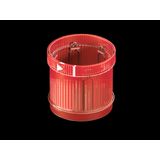

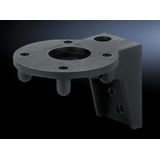
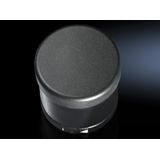
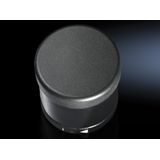

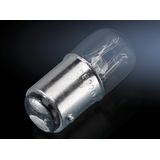


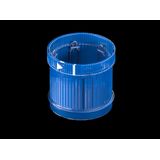
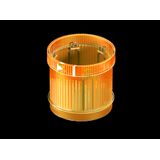




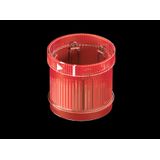


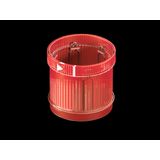
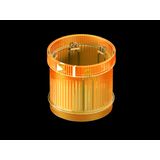
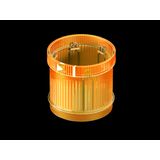
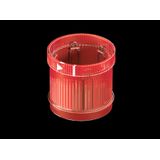

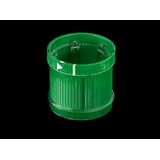
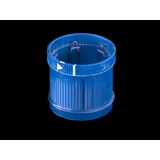
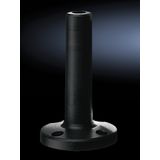

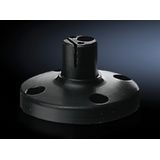
rittal optical light and acoustic sound signaling devices for industrial panels
Spec‑grade beacons and sounders save time during commissioning and keep operators informed without opening doors. Rittal units are built for quick mounting on cabinets and machines, consistent visibility/audibility in noisy plants, and simple service: modular towers, sealed beacons, and panel‑rated buzzers that survive dust, vibration, and wash‑down.
Product range and formats – rittal signal beacons
LED beacons: steady, flashing, and rotating effects in standard colors (red/amber/green/blue/white). Domes in PC resist impact and UV, with lenses shaped for 360° visibility. Low current draw and wide‑range supplies simplify retrofit.
Sounders: compact piezo or electromagnetic types with selectable tones/patterns; high‑output models reach 105–120 dB(A) @ 1 m. Multi‑tone sets cover machinery start/stop, fault, and evacuation cues.
Stack/tower lights: modular columns stack 2–5 segments (colors + sounder) on a single base; quick‑release terminals speed swaps. Bases for direct panel, pole, or machine‑top mounting.
Panel buzzers & indicator blocks: 22/30 mm cut‑out form‑factors with IP‑rated fronts; used for operator stations, doors, and small cabinets.
Mounting options include M‑thread bases, bayonet or quarter‑turn couplings, and brackets for vertical/horizontal fix.
Technical specifications and standards – rittal sounders and buzzers
- Supply: common variants 24 V DC, 115/230 V AC; some beacons accept wide input ranges for mixed fleets. Inrush is low; check tone modules for peak draw.
- Ingress & impact: assemblies achieve IP54–IP66 at the head; domes in PC offer IK08–IK10 (project dependent) per EN 60529/EN 62262. Use sealed bases in wash‑down zones.
- Optics: high‑efficiency LEDs with clear/opal lenses; diffusion maximizes uniform luminance without glare. Flash/rotate rates are user‑selectable on many heads.
- Acoustics: typical outputs 90–120 dB(A) with tone families (continuous/beep/siren/pulse). Use lower‑frequency tones for long‑distance or outdoor audibility.
- EMC & safety: designed for control circuits under IEC/EN 60947‑5‑1 context; immunity and emissions align with EN 61000 series. Temperature ranges commonly −25…+55/70 °C.
- Connection: cage‑clamp or screw terminals; pre‑wired pigtails on sealed heads. Bases accommodate through‑wiring where towers are daisy‑chained
Installation note: respect vertical clearances above the dome; nearby covers reduce the effective viewing angle.
Applications and compatibility – rittal warning lights
- Cabinets and MCCs: door‑top beacons signal live work, interlock bypass, or trips. Pair sounders with lockout/tagout procedures to cut accidental resets.
- Production lines: andon stacks show cell status (run/stop/fault/call). A base with integrated buzzer reduces wiring and footprint.
- Utilities & infrastructure: pump houses, ventilation fans, and booster sets benefit from outdoor‑rated domes and low‑freq tones to cut wind masking.
- Public/retail plant rooms: choose lower output and opal lenses for less harsh visuals; keep IP where cleaners use jet‑wash.
All heads and bases align with common 22/30 mm panel cut‑outs and enclosure tops; adapters fit Rittal mounting patterns for fast retrofits.
Integration with enclosure platforms – rittal visual and acoustic indicators
Mount beacons on enclosure roofs with matching gaskets and cable entries so IP is restored after drilling. Inside the cabinet, land wiring on TS35 terminal rows; group outputs by scene (run/fault/call) and label segments for FM teams. Where PLCs drive the stack, interpose relays protect outputs from inrush and simplify field replacement.
For noisy areas, combine visual beacons with low‑frequency sounders; add EMC gland plates if control lines run alongside VFD supplies.
Selection criteria for B2B clients – rittal led signal towers
- Visibility & audibility — pick dome color/optic and dB(A) level for ambient light/noise; consider opal for close‑up spaces, clear for distance.
- Ingress & material — indoor plant rooms suit IP54; outdoor/wash‑down needs sealed bases, PC domes, and stainless hardware.
- Supply & control — unify on 24 V DC where PLCs dominate; choose multi‑tone heads and stackable modules for future scenes.
- Mounting & service — use quick‑release bases and labeled segments; plan cable routing and drip edges.
- Fleet standardization — define one tower base, one dome family, and a buzzer type to keep spares lean.
Distribution & safety cues – rittal emergency signaling devices
Emergency or override states should use reserved colors and tones per site policy. Where legal compliance applies, document the chosen color‑tone map in the O&M and mirror it across all sites to avoid confusion in multi‑vendor facilities.
Advantages of working with Bankoflamps
You get project‑specific B2B pricing and formal offers, a dedicated account manager, and live stock visibility across EU warehouses. Quotes typically arrive in about an hour; orders go in by EAN/MPN, and price lists stay downloadable and current. We track lead times and order status, provide purchase‑history analytics, and extend post‑payment up to 30 days for trusted clients. We also plan consolidated shipments to lower freight costs, keep pricing stable with validity dates, and support teams in France, the Baltics, Germany, Spain, Italy, Belgium, and the Netherlands.